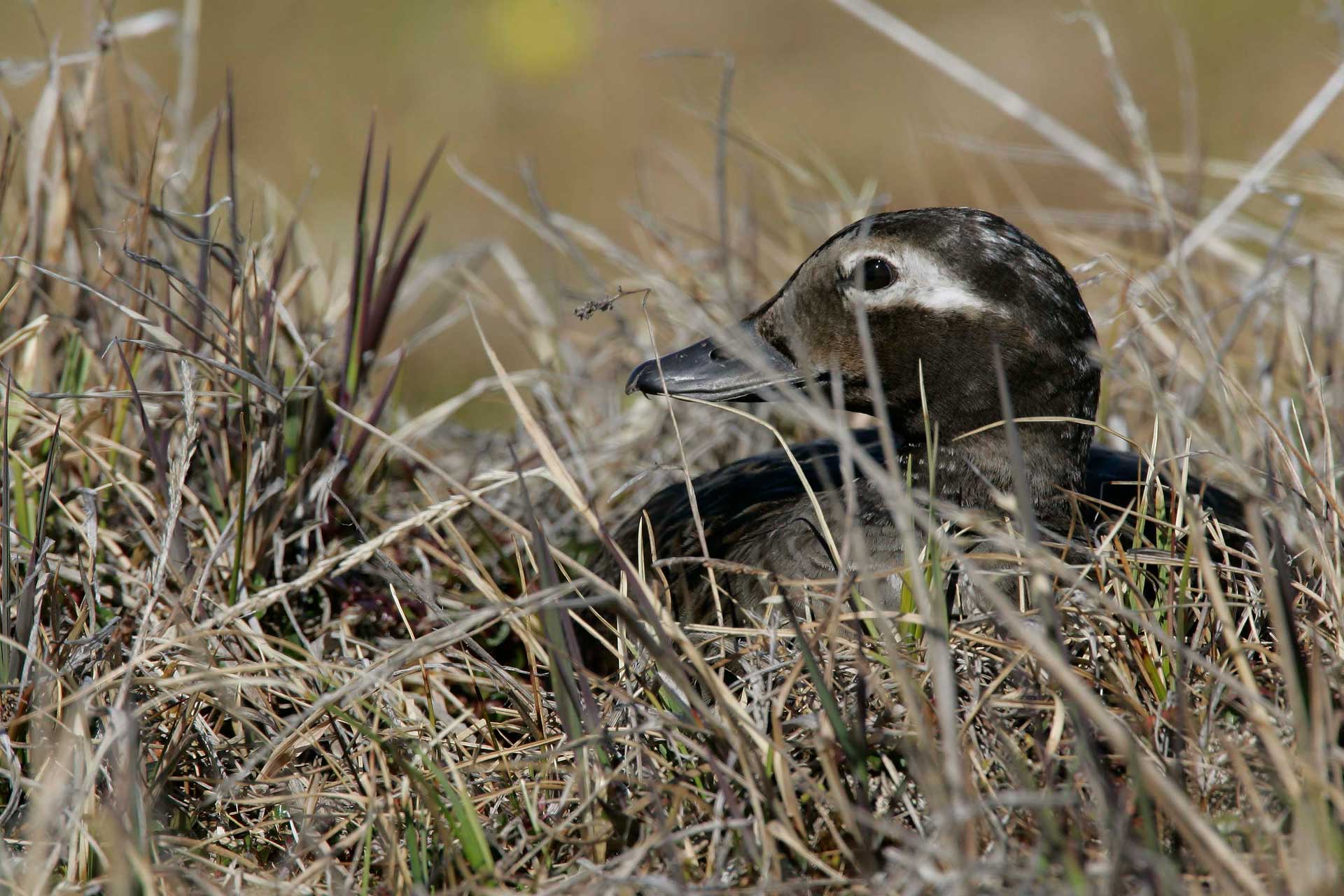Related Projects
Migration and condition of long-tailed duck wintering in eastern Canada

Project Number: 31
Year Funded: 2003
Lead Institution(s): Canadian Wildlife Service
Project Lead: Mark Mallory
Collaborator(s): USGWS, SDJV, CWS-Ontario
Location: Eastern Canada
Focal Species: Long-tailed Duck (Clangula hyemalis)
Project Description: Numbers of long-tailed ducks overwintering on the Great Lakes appear to be increasing. Because of a paucity of banding information on this species, however, we do not know where these wintering populations return to breed. This study was designed to capture birds overwintering on Lake Ontario and use satellite telemetry to track those birds through spring migration, breeding and into fall migration. This technique would allow us to identify important migratory pathways, important staging areas, and breeding sites. The primary objectives were to: 1) Monitor migration movements of ducks; 2) Identify breeding areas; 3) Identify post-breeding movements; and 4) If satellite transmitters last, identify fall migration staging locations. In February and March 2003, satellite transmitters were implanted in 7 long-tailed ducks (4 adult male, 2 adult female, 1 juvenile male) on their wintering (or perhaps winter staging) grounds in Lake Ontario; however, early loss of several of the marked birds hampered the ability to adequately characterize movements and staging areas of the birds.
Project Reports:
